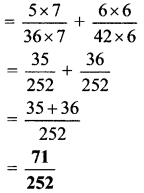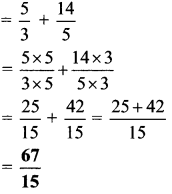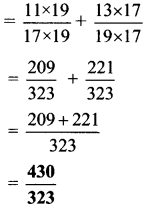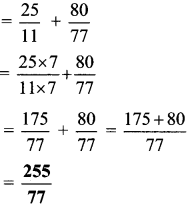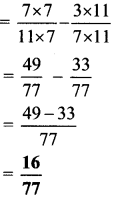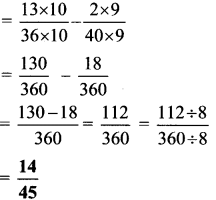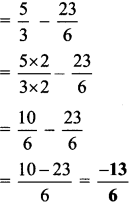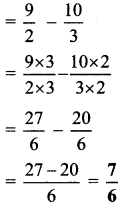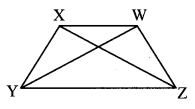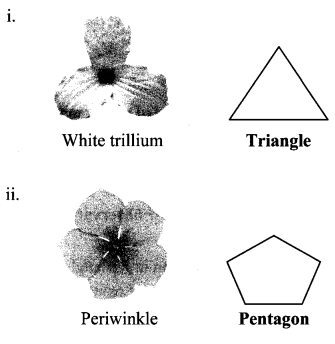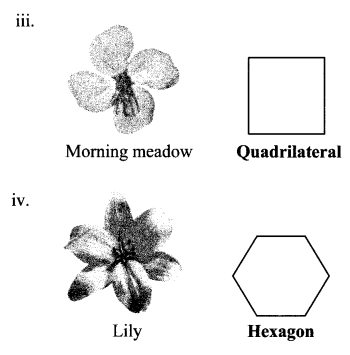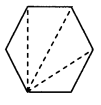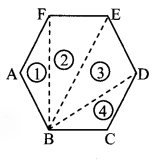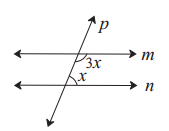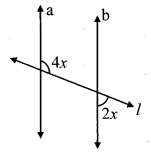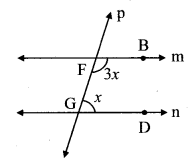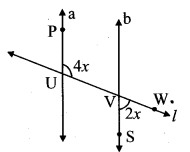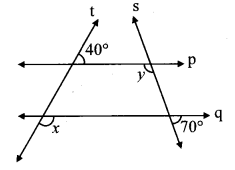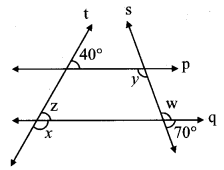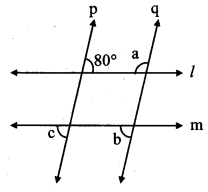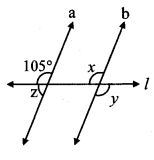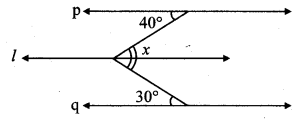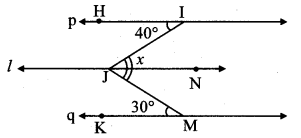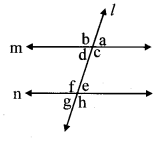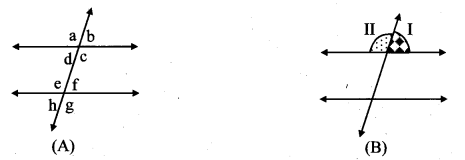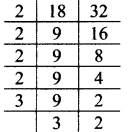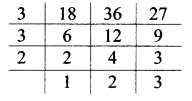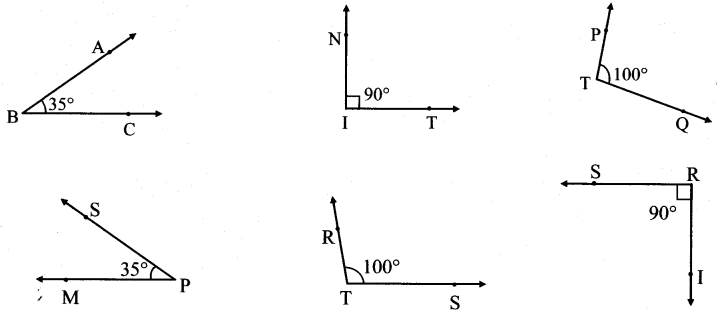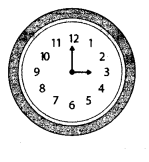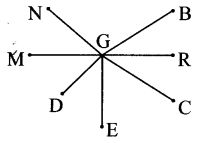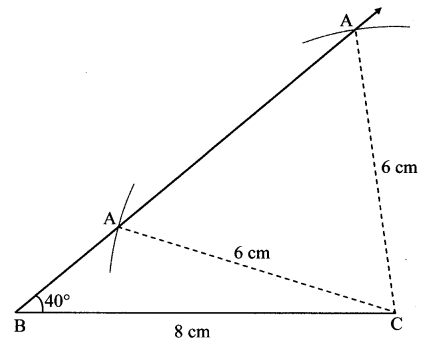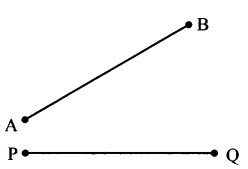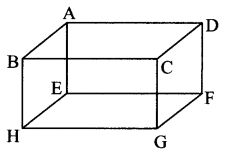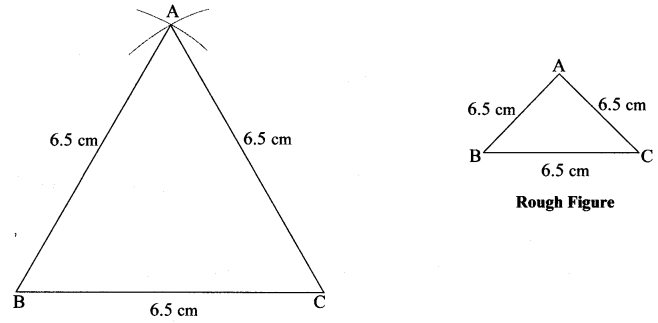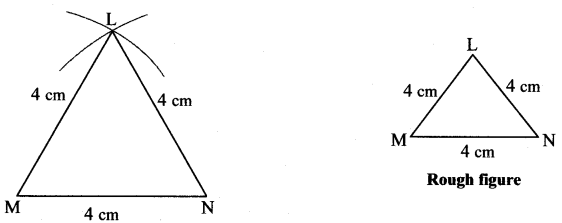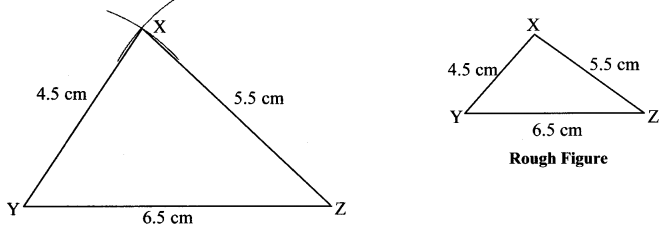Balbharti Maharashtra State Board Class 6 Maths Solutions covers the Std 6 Maths Chapter 3 Integers Class 6 Practice Set 4 Answers Solutions.
6th Standard Maths Practice Set 4 Answers Chapter 3 Integers
Question 1.
Classify the following numbers as positive numbers and negative numbers.
-5, +4, -2, 7, +26, -49, -37, 19, -25, +8, 5, -4, -12, 27
Solution:
| Positive Numbers | +4, 7, +26, 19, +8, 5, 27 |
| Negative Numbers | -5, -2, -49, -37, -25, -4, -12 |
Question 2.
Given below are the temperatures in some cities. Write them using the proper signs.
| Place | Shimla | Leh | Delhi | Nagpur |
| Temperature | 7 °C below 0° | 12 °C below 0° | 22 °C above 0° | 31 °C above 0° |
Solution:
| Place | Shimla | Leh | Delhi | Nagpur |
| Temperature with proper sign | -7 °C | -12 °C | +22 °C | +31 °C |
Question 3.
Write the numbers in the following examples using the proper signs.
- A submarine is at a depth of 512 meters below sea level.
- The height of Mt Everest, the highest peak in the Himalayas, is 8848 meters.
- A kite is flying at a distance of 120 meters from the ground.
- The tunnel is at a depth of 2 meters under the ground.
Solution:
- A submarine is at a depth of -512 meters from sea level.
- The height of Mt Everest, the highest peak in the Himalayas is +8848 meters.
- A kite is flying at a distance of +120 meters from the ground.
- The tunnel is at a depth of -2 meters from the ground.
Maharashtra Board Class 6 Maths Chapter 3 Integers Practice Set 4 Intext Questions and Activities
Question 1.
Take warm water in one beaker, some crushed ice in another and a mixture of salt and crushed ice in a third beaker. Ask your teacher for help in measuring the temperature of the substance in each of the beakers using a thermometer. Note the temperatures. (Textbook pg. no. 13)

Solution:
( Students should attempt this activity on their own)
Question 2.
Look at the picture of the kulfi man. Why do you think he keeps the kulfi moulds in a mixture of salt and ice? (Textbook pg. no. 14)
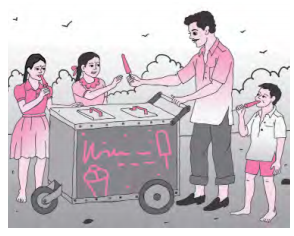
Solution:
Kulfi man keeps the kulfi moulds in a mixture of salt and ice because such a mixture helps in keeping the kulfi cool for a longer period of time. The kulfi kept in the said mixture relatively takes more time to melt. This mixture is Considered ideal as it has the temperature of -4°C as against the temperature of ice i.e. 0°C.
Question 3.
My class, i.e. Std. VI, is a part of my school. My school is in my town. My town is a part of a taluka. In the same way, the taluka is a part of a district, and the district is a part of Maharashtra State. In the same way, what can you say about these groups of numbers? Textbook pg. no. 15)
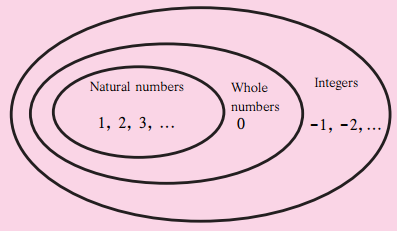
Solution:
By observing the above given groups of numbers, we can infer that natural numbers are a part of whole numbers. In turn, whole numbers are a part of integers.
